Schedule a Call Back
Why are robot makers opting for integrated control?
 Articles
Articles- May 27,24
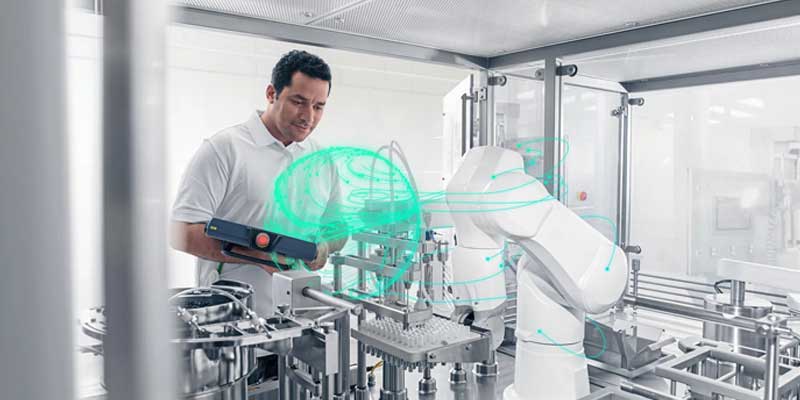
Just before Hannover Messe, Siemens announced its cooperation with two collaborative robot vendors, UR and JAKA. This will enable Siemens PLCs to control robots from UR and JAKA through the TIA Portal using the ‘Standard Robot Command Interface (SRCI)’ function. Prior to this, Siemens was already working in cooperation with Comau, Stäubli, Kawasaki and Yaskawa in integrated robot control via SRCI. A series of other leading robot brands, such as ABB, KUKA, FANUC, Epson and Techman, are also scheduled to come on board, and some other well-known Japanese and Chinese suppliers are pending, including Yamaha and Estun.
This will mean that the most influential industrial robot and collaborative robot brands on the market will support integrated robot control, allowing their robots to be controlled by automation systems.
In fact, automation suppliers have been offering solutions for machine-integrated robot control for many years, but with the strong increase in the adoption of robots since 2021, demand for integrated control has surged. New actions from leading suppliers like Siemens, will accelerate the trend significantly and expect the market for machine-integrated robot control to grow rapidly over the next few years.
Figure 1
Source: Interact Analysis
Currently, the integration of industrial or collaborative robots and machines generally uses communication networks. The robot and the machine utilise independent control platforms, and robot controllers are connected to the machine PLC via communication protocols to facilitate machine-robot coordination.
In this conventional scenario, robots are sold with proprietary controllers. If an integrator or machine builder needs to adapt robot kinematics to machine movements, robot programming expertise is required. As the control software and programming languages of each robot vendor often differ, integrating robots from different suppliers requires a lot of engineering and is very demanding.
The concept of machine-integrated robot control emerged in a bid to unify control of machines and robots. There are two main ways of doing this. One is to retain the robot-specific controller hardware. For example, Siemens’ method employs a PLC that supports SRCI functions to translate and merge the robots’ control instructions into the TIA Portal. This enables engineers to use Siemens’ development environment to control robots without using robot programming languages.
Another integration method is to eliminate the robot controller hardware and use an automation controller with motion control functions instead. Robot axes are regarded as components of the machine and can be controlled directly by the machine controller. Notable solutions using this method include Rockwell’s Unified Robot Control, B&R’s Machine-Centric Robotics, Schneider’s PacDrive, and Omron’s NJ501-R controller. In addition to robot mechanics coming from robot manufacturers, there are also many cases where machine builders or integrators build robot mechanics themselves.
Compared with communication networks, integrated control of machines and robots has many advantages; for example, eliminating the proprietary robot controller saves space in the control cabinet. When multiple robots are integrated, the integrated controller makes it easier to achieve better machine-robot synchronisation and higher speeds, leading to better performance and cost advantages. In customised scenarios, machine builders make special robot kinematics in house, and a general automation controller enables practical integration of self-built robots with machines.
Integrated robot control is not a new concept. Cooperation between automation and robot vendors in this area can be traced back to 2015, but market demand has previously been tepid. However, over the past three years it is growing in popularity, with many manufacturers launching solutions. In addition to the advantages already mentioned, we believe the current market environment has accelerated the trend towards machine-integrated robot control because of two key factors:
The cost of robots has been reducing over time as production volumes increase. This enables more widespread adoption of robots in machines, pushing up the average number of robots per machine. At the same time, end users are increasingly requesting robot-machine synchronization and the speed of robots used in machines. Conventional systems with separate robot and machine controllers sometimes have difficulty meeting performance requirements, enhancing the need for integrated robot control systems. The expertise required for integrating robots remains high. Due to continued labor shortages, unifying the control systems of robots and machines becomes increasingly attractive to machine builders as it can help them manage the shortage of experienced engineers. For integrators and machine builders, this is not only related to product development and delivery, but also crucial in the after-sales stage.
The increasing adoption of robots and the continued shortage of experienced engineers, there is strong growth in the market’s interest in integrated robot control. Different types of relevant market players are trying to seize the opportunities and benefits offered by this technology.
Automation system suppliers see the most direct benefits from the trend. They finally have a chance to enter the robot controllers market (which has been almost exclusively dominated by robot vendors). At the same time, integrated robots can also generate growth opportunities for their servo drives – even motors – businesses.
Machine builders are also actively adopting integrated robot control, as they value the improvement in machine performance it brings, as well as the ability to save costs, control the supply chain, and provide users with more complete after-sales services by building their own robot mechanics.
For robot manufacturers, supporting integration solutions requires them to permit some access to their robot control system. However, this can reduce the difficulty for users adopting their robots and therefore increase the competitiveness of the brand.
For end users, the machine-integrated robot control system is more convenient to operate and has performance advantages in multi-robot scenarios, increasing their willingness to choose integrated solutions.
Since ABB and B&R launched machine-integrated robot control several years ago, both leading automation suppliers and robot vendors have created their own solutions. Manufacturers specialising in robot mechanics that support various integrated controllers have also emerged. Machine builders – especially suppliers of packaging machines and customised automation solutions – continue to launch products with integrated robot control, and some have even started serial production of self-made robots for their machines.
Considering the two integration methods (retaining or eliminating robot controller hardware), SRCI is a good example of the former method, which is suitable for controlling complicated robot kinematics. As SRCI is an open standard developed and maintained by Profinet, in addition to Siemens, other manufacturers may also launch products in this field in the future, especially those with strong presences in the PLC market. The latter method is suitable for high-speed machine-robot coordination, and many leading suppliers have introduced solutions in this area.
About the author:
As a Research Analyst at Interact Analysis based in China, Samantha Mou provides support in the industrial automation sector. She brings with her a master’s degree in Economics, and has experience, while working in Germany, conducting market research in industrial equipment and automobile components.
Related Stories
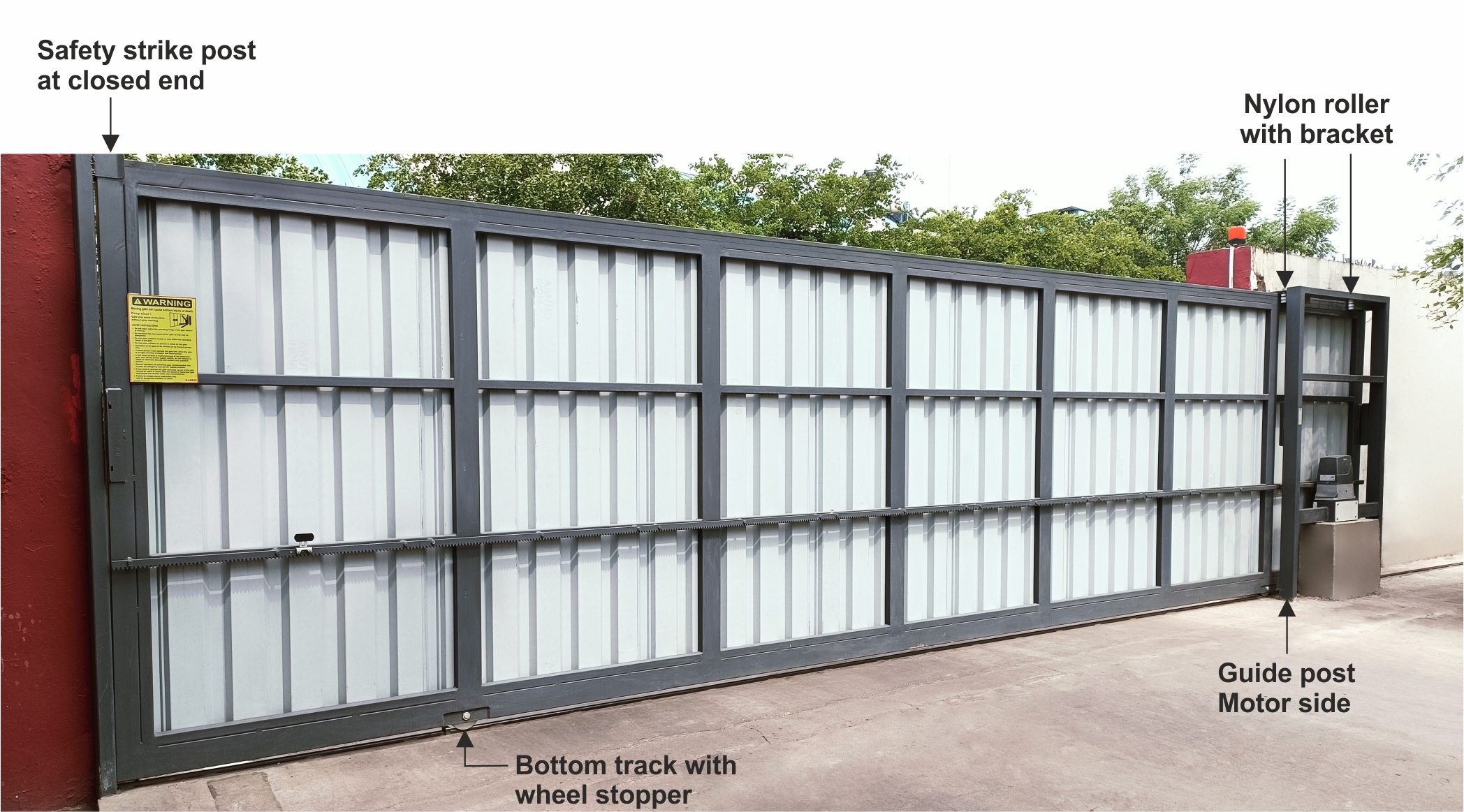
Tragic incident prompts safety concerns in entrance automation
Reports of accidents involving faulty gates have been increasingly common.
Read more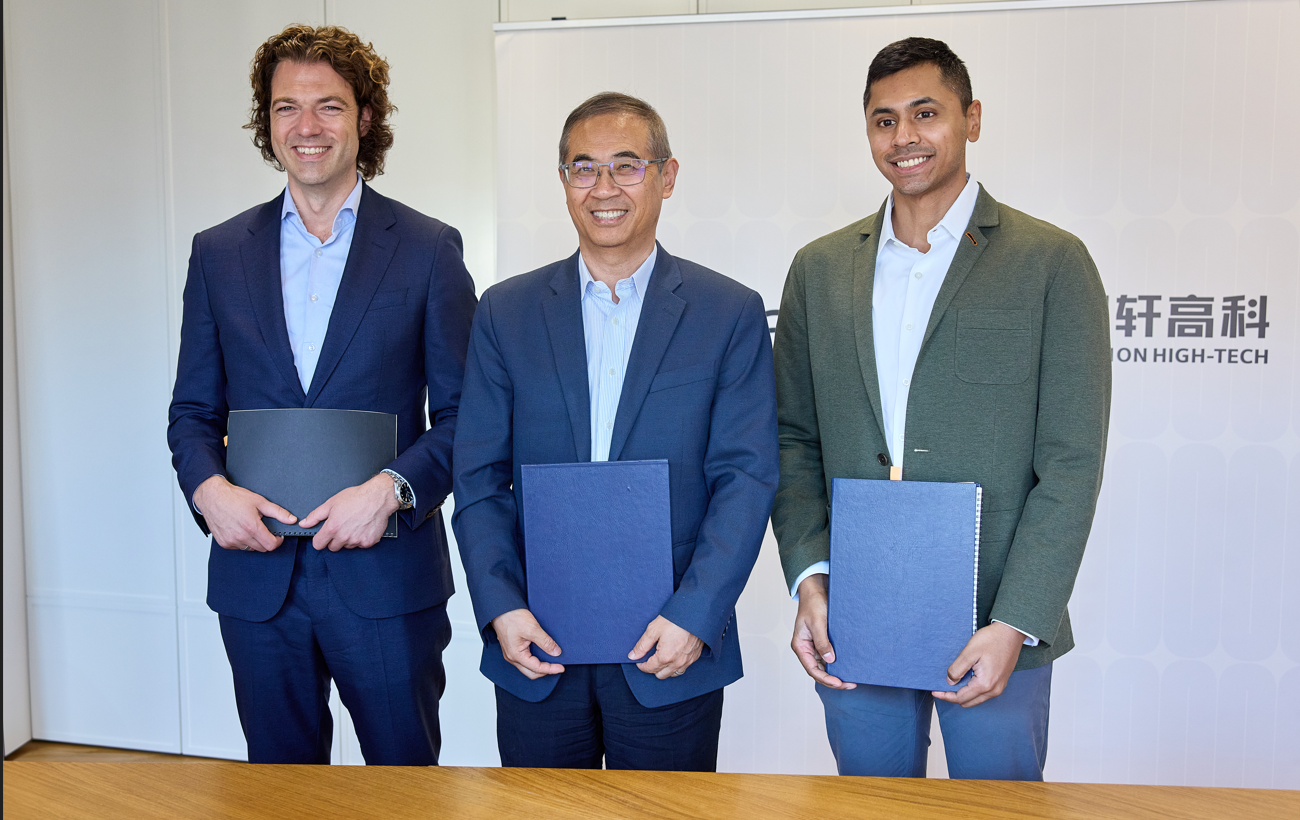
Amara Raja announces partnership with Gotion-InoBat-Batteries
The technology transfer and service support will fully complement Amara Raja’s efforts to operationalise its Gigafactory manufacturing capacities.
Read more
“Pepperl+Fuchs enhances efficiency in intralogistics”
There is a strong focus on integrating advanced technologies such as automated storage and retrieval systems, industrial and mobile robots, conveyor systems, and sortation systems.
Read moreRelated Products

Automation Studio Copilot
B&R Industrial Automation offers a wide range of automation studio copilot.
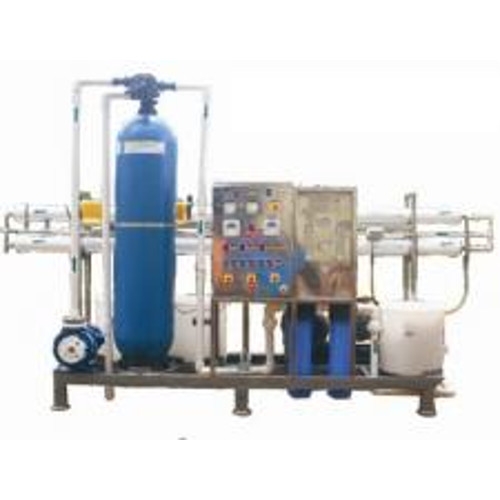
Industrial Desalination System
Shakunth Aqua Products offers a wide range of industrial desalination system. Read more
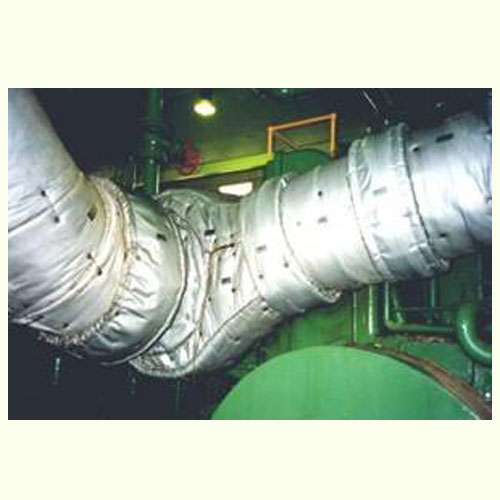
Industrial Castors & Wheels
H M Gulamali offers a wide range of castors and wheels manufactured by Blickle, Germany. Read more













